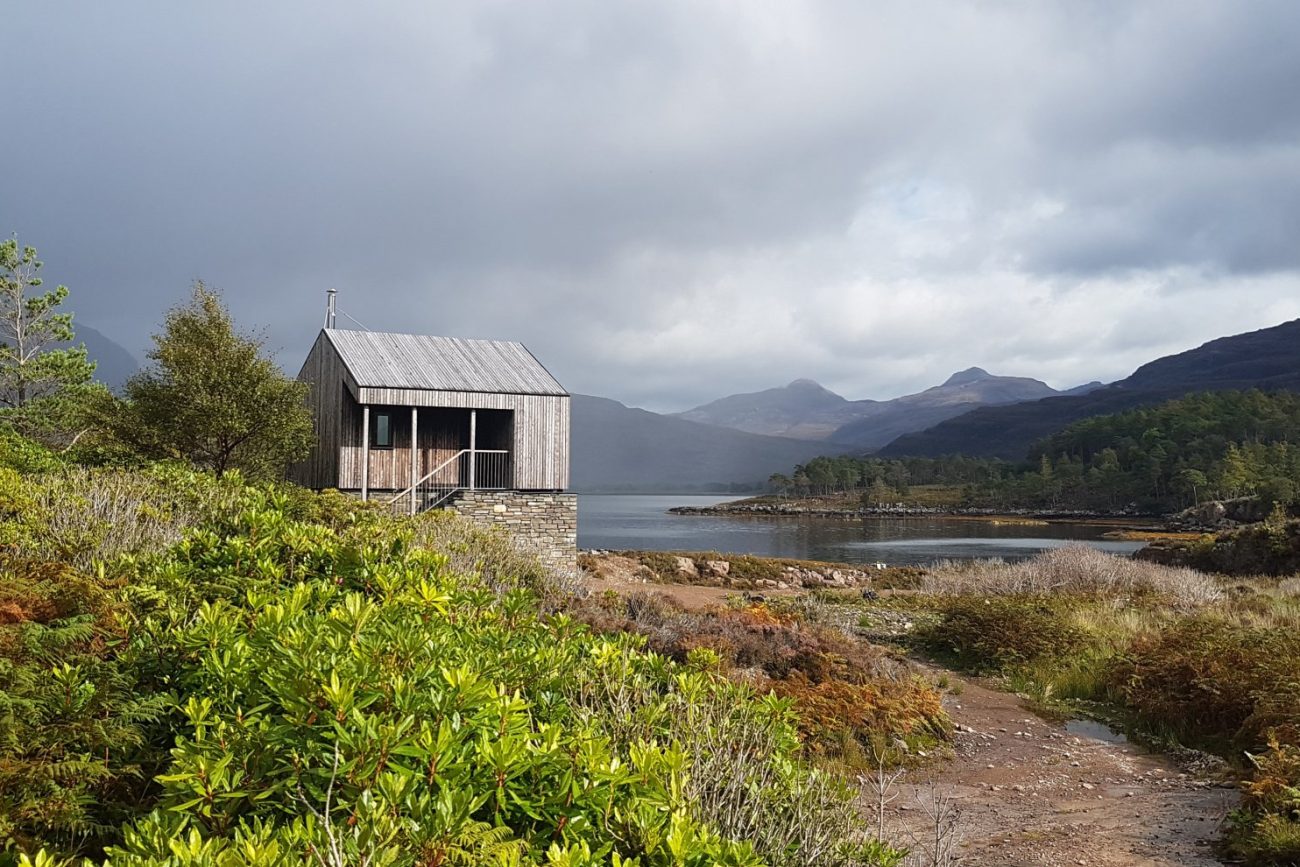There are a number of exquisite pieces of work at Watermark that instinctively make you want to reach out and touch – although you probably shouldn’t. Key among them are the natural-world inspired forms of Inverness-based Ceramicist Michele Bianco.
Along with fellow artist and friend, Pascale Rentsch, Bianco will take centre stage at the Gallery in March 2022, with a perfectly-titled ‘Off The Beaten Track’ exhibition.
Michele Bianco grew up in North Yorkshire and as a child, always loved to draw, write and illustrate stories. She explains she “was always an ‘outdoors’ child too and enjoyed creating hideaways and secret dens out in the woods with my older sister”. The natural forms, patterns and textures of nature, that were her playground then, are a clear influence on her work. Bianco’s inspiration is linked directly to being outside in wild and empty landscapes.
“I sketch outdoors and am inspired by nature – the patterns, the textures, the colours. From my studio, I can look out onto the amazing landscape and translate my sketches, ideas and impressions into three-dimensional forms. The process is intuitive and very absorbing.” Bianco is clearly fascinated by the world around her. She also enjoys considering the passage of time and the way changes occur and are evidenced in the geology and forms of the landscape.






